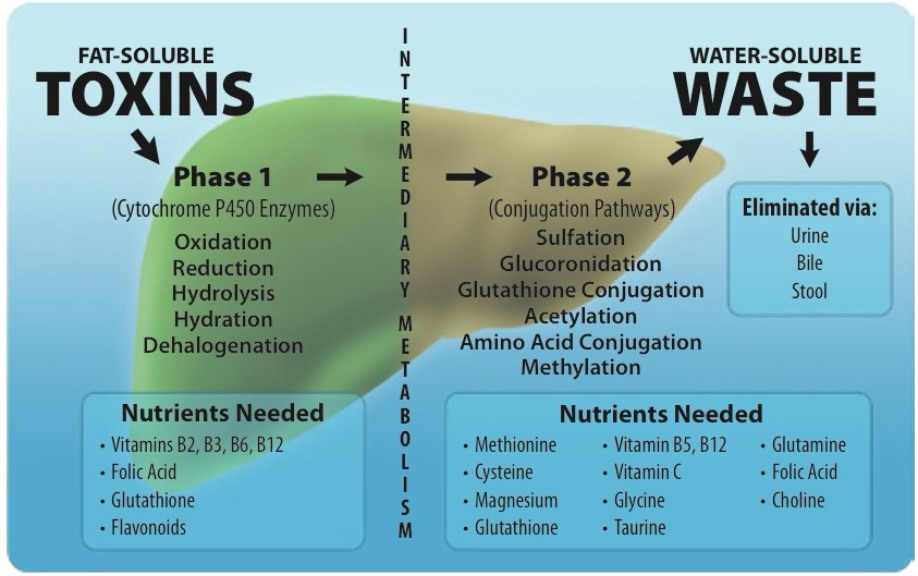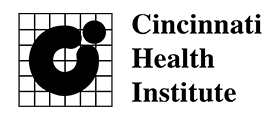Detoxification Myths Revealed
Jan 31st 2023
The human body was perfectly designed to handle normal exposure to natural toxins. However, there is nothing natural or normal about the constant exposure to air and water pollutants, medication, processed foods, preservatives, pesticides, fertilizers, and heavy metal exposure.
What exactly does it mean to detox?

What does it mean to detox?
Detox programs and body cleanses are all the rage right now, but what do you need to know to make sure you get the most out of your detox?
In the medical field, the word detox is often referred to when describing the weaning from medication. In alternative healthcare, the word detox refers to the cleansing of toxins built up in the body. Conventional medicine routinely discredits these types of detoxification programs, offered by natural health experts as unnecessary, pointing to the natural and efficient processes in the body, as being perfectly designed to detoxify the human body. We agree with that assertion. The liver and supporting organs do a great job of detoxifying our body, under normal circumstances.
Unfortunately, the onslaught of pollutants, medications, metals, processed foods, preservatives, household cleaners, pesticides, and fertilizers hinders the body's natural detoxification process, making it beneficial to detox for optimal health. When exposure to toxins is combined with inadequate nutrient requirements, to support the natural process of detoxification, poor overall health is the result.
What Are Toxins?
Literally speaking toxins are biological in nature and toxicants are chemical. Both toxins and toxicants act as poisons in the body. For ease of understanding, we will be referring to both chemical and biological poisons as toxins. Ideally, toxins are processed by the liver(other organs play a role as well and we will address that later) and eliminated from the body. The liver is a powerhouse of detoxification. Over 300 chemical processes are taking place, at any given time, as your liver works to remove toxins and waste products from your body.
Under the best of circumstances, your body could handle moderate toxin exposure. However, modern life, nutrient depletion in food, poor dietary choices, and exposure to unprecedented amounts of toxins prevent the optimal detoxification of the body. This creates an overwhelming toxic load that can leave you feeling less than healthy.
A higher-than-normal toxic load can lead to disease and generally poor health.
Why detox while dieting?
When these toxins aren't processed efficiently, they are stored in the body. Toxins have an affinity for fatty tissue. They get deposited in your fat tissues and fatty areas, like the brain. Having a high toxic load and dieting can release those toxins into your system at a high rate and create symptoms like headache, body aches, and fatigue, as your body tries to eliminate these as fast as they are being released. A proper detoxification protocol will help support natural detoxification pathways and make this transition faster and easier. The body needs certain nutrients to support the different phases of detoxification.
Even if your diet is clean, the odds of getting the nutrients necessary to properly detox are slim, especially while dieting, as calories are being cut. Supplementation is an absolute necessity and a detoxification protocol may be your best chance of seeing optimal results. The major cause of the 'diet plateau' in our office is the lack of detoxification, making detoxing a must before and during the diet.
Fat Soluble vs. Water Soluble Toxins

PHYSIOLOGICAL PHASES OF DETOX
The body processes toxins in 3 phases. All 3 phases must be addressed and supported or you will not properly detoxify.
The liver is the primary detoxification organ; it filters blood coming directly from the intestines and prepares toxins for elimination from the body. Significant amounts of detoxification also occur in the intestine, kidney, lungs, and brain, with phase I, II, and III reactions occurring throughout the rest of the body to a lesser degree.
Phase 1 is the Enzymatic Transformation phase.
This provides the transformation of fat-soluble toxins into easier-to-handle water-soluble toxins. Most toxins are fat-soluble and tend to build up in the fatty tissues of the body.
Phase 2 is the Enzymatic Conjugation phase.
This is where the products from phase 1 are attached to compounds that allow further processing to make them easier to excrete out of the body.
Phase 3 involves the elimination of the transformed, bound toxins from phases 1 and 2.
Finally, what does not qualify as an effective detox?
Many detox programs and products that claim to have detoxification benefits don't. Unless all phases are addressed, toxins will not be eliminated and can make matters worse. If phases 1 and 2 are not managed appropriately, a patient can end up feeling worse than they did before detoxing.
For instance, during phase 1, toxins are made more water-soluble to prepare them for phase 2 processing. These phase 1 products are now free radicals. If you address phase 1, but not phase 2, those free radicals are "free" to wreak havoc on the body.
Furthermore, some detox programs like cleanses, enemas, and foot baths are simply too far "downstream" to get any real detoxification benefits. Address all 3 phases of physiological detoxification to get optimal results.
